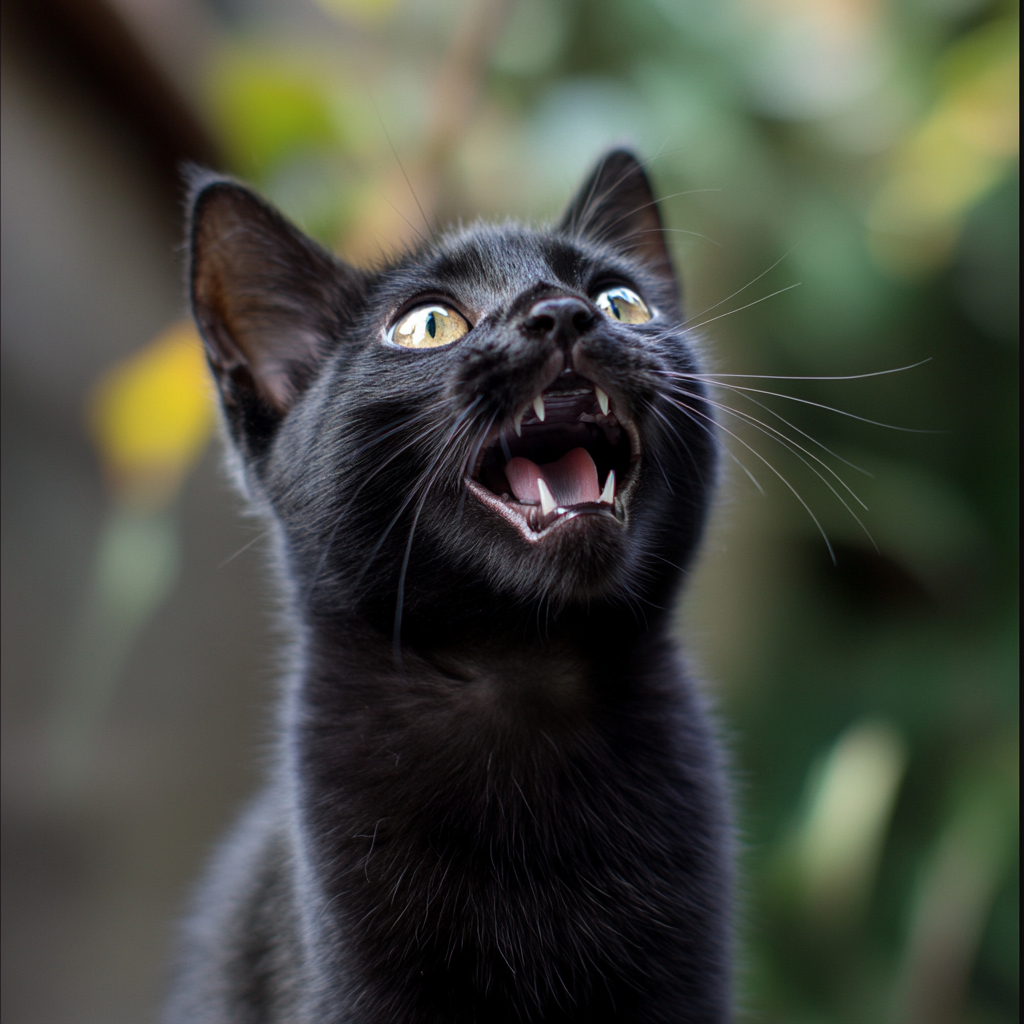Next working day delivery with Royal Mail Tracked 24
Meows, Purrs and Growls: The Different Sounds Cats Make and Their Meanings

Meows, Purrs and Growls: The Different Sounds Cats Make and Their Meanings
Cats are fascinating creatures with a unique way of communicating with us. While they can’t speak our language, they have a variety of vocalizations that can tell us a lot about their needs, feelings, and desires. Let’s dive into the different types of cat meows and what they typically mean.
1. Meowing
Meowing is the most common sound cats make, primarily used to communicate with humans. The meaning of a meow can vary based on its pitch, length, and frequency:
- Short meows: A greeting or acknowledgment.
- Multiple meows: Excitement or enthusiasm. This can be when your cat is particularly happy to see you!
- Long, drawn-out meows: A demand for something, usually for extra treats, attention or playtime.
- High-pitched meows: Usually a sign of pain or distress. If you accidentally step on your cat’s tail, this is the sound you’ll hear!
2. Purring
Purring is often associated with contentment and relaxation. However, cats also purr when they are in pain or feeling anxious as a way to comfort themselves. Pay attention to the context and your cat’s body language to understand the true meaning of their purrs.
3. Chirping and Chattering
Chirping and chattering are sounds cats make when they are excited or frustrated, often while watching birds or other prey through a window. These sounds are a mix of meows and purrs and can indicate your cat’s hunting instincts. You might even hear this sound when playing interactively with your cat.
4. Hissing
Hissing is a clear sign of fear, anger, or discomfort. When a cat hisses, it’s a warning to stay away. This sound is often accompanied by an arched back, puffed-up fur, and bared teeth.

5. Growling
Growling is another warning sound, indicating that a cat feels threatened or is ready to defend itself. It’s a deeper, more guttural sound than a hiss and should be taken seriously. Cats can often make this noise if they are housed with other cats that they don't always get along with. It's important to make sure that they have enough space and opt for some anxiety-reducing tools to destress their environment.
6. Yowling
Yowling is a loud, drawn-out meow that can indicate a variety of things, such as mating calls, territorial disputes, or a sign of distress. If your cat is yowling frequently, it might be a good idea to check for any underlying health issues.
7. Trilling
Trilling is a sound that falls between a meow and a purr. It’s often used by mother cats to communicate with their kittens and can also be a friendly greeting or a way to get your attention.
Understanding these different sounds can help you better communicate with your feline friend and respond to their needs more effectively. Remember, every cat is unique, and their vocalizations can vary, so it’s essential to pay attention to the context and your cat’s body language as well.
